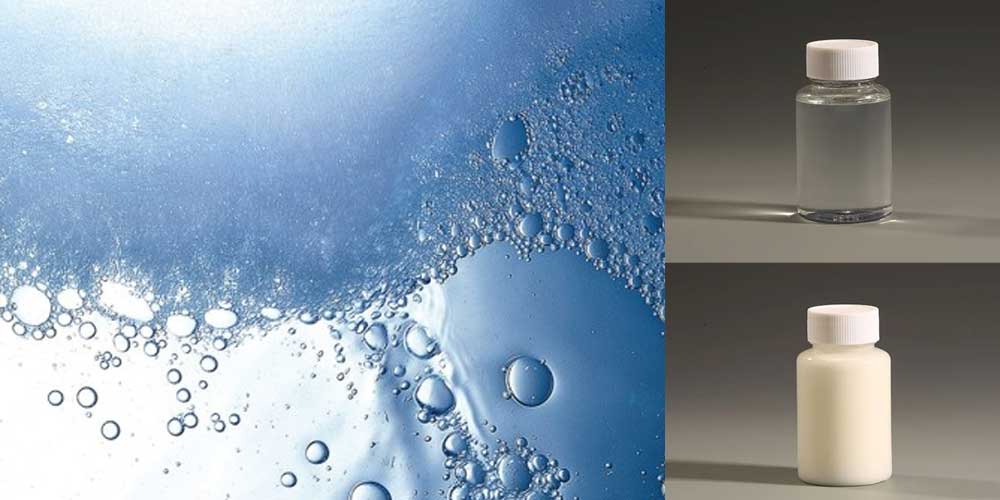Antifoam, also known as defoamer, is a chemical additive used in wastewater treatment processes to control foam formation. Foam is a common issue in wastewater treatment plants and can arise from various sources such as organic matter, surfactants, or agitation of the water. While foam may seem harmless, it can actually impede the efficiency of wastewater treatment processes by interfering with equipment operation, reducing the effectiveness of chemical treatments, and potentially causing overflow or carryover issues.
Antifoam agents work by destabilizing foam bubbles, causing them to collapse or coalesce, thereby reducing the foam’s volume and preventing it from interfering with treatment processes. These agents typically consist of a mixture of surfactants, oils, silicones, or other hydrophobic substances. When added to the wastewater, antifoam agents migrate to the surface of the foam and disrupt the surface tension, leading to the rupture of foam bubbles.
There are several types of antifoam agents used in wastewater treatment, each with its own specific properties and applications:
Silicone-based antifoams:
These are among the most commonly used antifoam agents due to their effectiveness across a wide range of conditions. Silicone-based antifoams are stable, insoluble in water, and can be formulated to be compatible with various wastewater treatment processes.
Advantages of organosilicon defoamers:
Good chemical inertness, not react with other substances, can be used in acidic, alkaline, and salty systems
Good physiological inertness, suitable for use in the food and pharmaceutical industries, pollution-free to the environment
Moderate thermal stability, low volatility, and can be used over a wide temperature range
Low viscosity, rapidly spreading at gas-liquid interface
The surface tension is as low as 1.5-20 mN/m (water is 76 mN/m)
Not soluble in surfactants of foaming systems
Low dosage, low viscosity, and low flammability
Polymeric antifoams:
These antifoam agents are based on polymers that disrupt foam formation by adsorbing onto the surface of foam bubbles and altering their stability. Polymeric antifoams are often used in situations where traditional antifoam agents may not be effective, such as in highly alkaline or acidic wastewater conditions.
Other antifoams:
In some cases, silicone-based antifoams may not be suitable due to technological concerns or specific process requirements. Non-silicone antifoams, such as mineral oil-based or fatty acid-based antifoams, offer alternatives that may be more environmentally friendly or better suited to certain applications.
Powdered antifoams:
Some antifoam agents are available in powdered form, which can be advantageous in applications where liquid additives are not practical or where prolonged antifoam activity is required.
The selection of the appropriate antifoam agent depends on factors such as the nature of the wastewater, the specific treatment process being employed, regulatory requirements, and cost considerations. In addition to selecting the right antifoam agent, proper dosage and application methods are crucial to ensure effective foam control without adversely affecting wastewater treatment performance.
While antifoam agents are effective in controlling foam in wastewater treatment processes, it is important to use them judiciously to avoid unintended consequences such as interference with biological treatment processes or the release of harmful substances into the environment. Regular monitoring of foam levels and adjustment of antifoam dosage as needed can help optimize foam control while minimizing any negative impacts on wastewater treatment efficiency and environmental compliance.
Post time: Apr-01-2024


